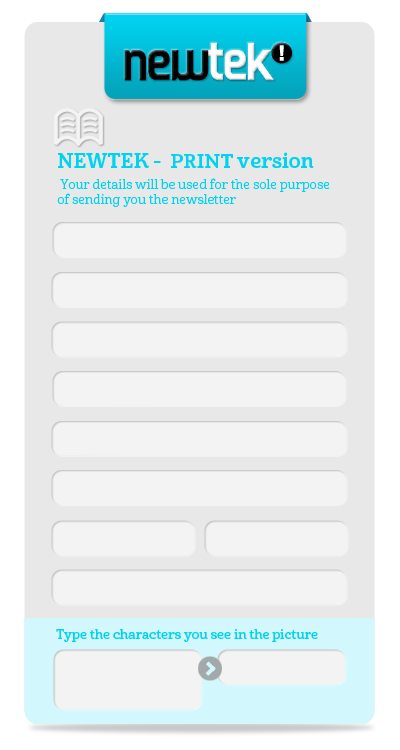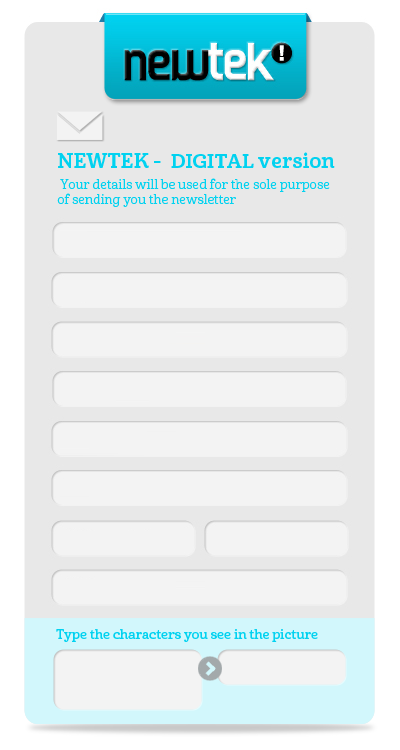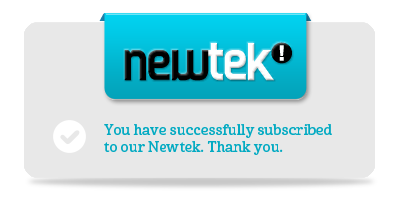THE EXPERT'S VIEW
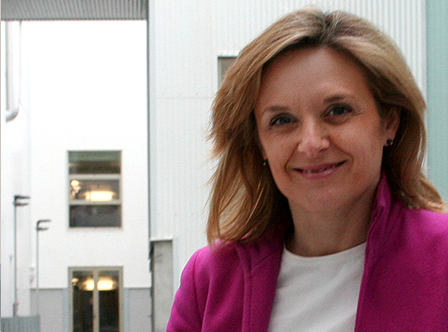

Who would cast doubt on the tremendous planning and co-ordination work involved in building new facilities? We all see the huge quantity of trades, installations and equipment to take into account. A building is tangible, you can see it, touch it and no one doubts that it exists. Yet there are other assets just as important as this new building and of which all of us who work at IK4-TEKNIKER are so proud, and which can neither be seen or touched. I am referring to the many intangible assets that have also been enhanced by our move to our new headquarters: IK4-TEKNIKER's image and brand and our pride in belonging to it, among other things. In this inauguration we have become aware of the importance of what can be seen and also of what cannot be seen or touched.
What are intangible assets?
But what are intangible assets? We can define them as the non-physical elements that are incorporated into the net worth of an organisation to make up its actual value: the brand value, leadership, portfolio of customers, company culture, patents, etc. The value of the intangible assets in companies worldwide has grown dramatically over the last few decades. If in the 1980s distribution constituted 62% of tangible assets and 38% intangible assets, in the first decade of the 21st century this is now 10% tangible assets and 90% intangible ones.
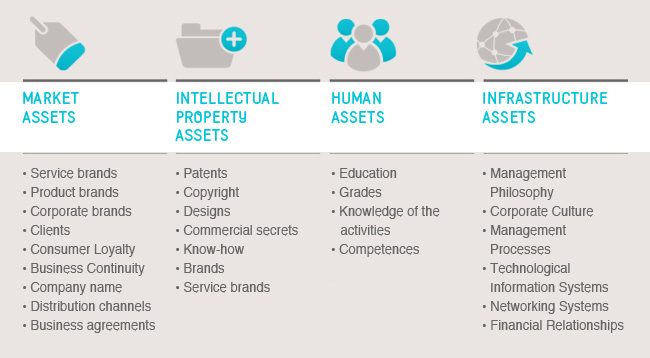
In the Basque Autonomous Community (region), according to the data published in the recent report by the UPV/EHU-University of the Basque Country professors Arturo Rodriguez and Jon Barrutia, intangible assets contributed 26% to the growth in productivity between 2008 and 2010, with 65% coming from conventional innovation (R&D, design and copyright) and 35% corresponding to ongoing training, organisational development and marketing.
Concurring with Savage (1991), the four factors in the creation of wealth in an economy have always been: land, labour, capital and knowledge, but the relative importance of each one of them has varied considerably in the course of time. In this respect, Drucker pointed out: “The true dominant resource and absolutely decisive production factor is no longer the land, or capital, or labour; it is knowledge”. That is why factors like people satisfaction, people’s competences, leadership, teamwork, the capacity to innovate, organisational culture, the business model, strategic planning, company image, the structure of the organisation and the working atmosphere turn the mechanisms for transmitting knowledge into decisive elements in the process to dominate the market.
Market globalisation means that the differentials that can be reached on the basis of work and capital are not sufficient to maintain a competitive edge in a sustainable way; it is the intangible elements surrounding the product/service which set them apart from those of the competitors: the production process, sales channels, product positioning, communication, corporate and product brand, etc. In many industrial companies we still allow ourselves the luxury of not managing many of the intangible assets which we could call market ones. What corporate brand management do we engage in? How do our customers perceive us? What can I do differently in order to reposition my brand? Which communication aims can accompany marketing action in order to reinforce it? When we go to a trade fair what forceful messages do we work on? What action plan do we consider before, during and after a fair to achieve the aims we have set? How do I manage my image over the Internet? I’ve got my website. Now what? Will they find me? How? What are they interested in? YouTube has become the 2nd most used search engine for content, the trend in information consumption is moving to different formats, from paper to audiovisual ones, to the information pill in which you can transmit a lot of information in a short time.
In many industrial companies the strategic planning of brand management, corporate and product positioning, the use of the various channels of communication, the management of content are much lower down the list than the management that is done of other tangible assets, like those incorporated into financial management, purchasing, etc., despite the proven impact on company results.
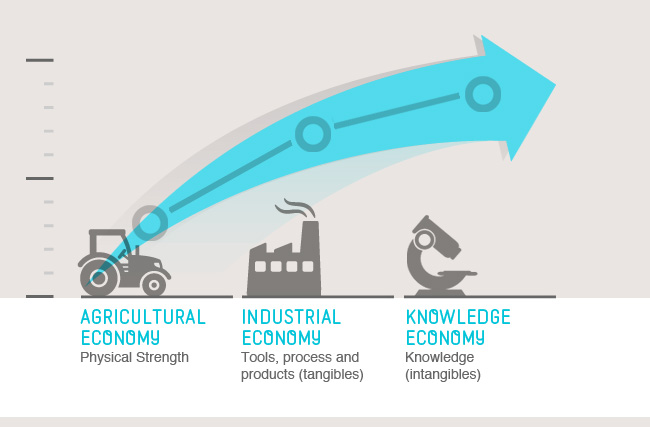
Metrics
One of the major problems arising in the managing of market intangibles is the difficulty in and lack of knowledge about metrics that can help to confer objectivity on the activity and the results obtained. In the same way that scorecards are used with financial metrics, it is also essential to do this in marketing and communication. That is, as long as there is a direct or indirect way of measuring the results and we are compelled to set ourselves some aims first so that we can later establish metrics that will help us to monitor the results. In short: let us analyse the process in which we are going to intervene (sales process, for example), let as specify which strategy we are to follow (strategy to capture customers, for example), let us specify the aims to be reached (10% new customers, for example), what marketing and communication actions we are going to carry out to contribute to the aim established (approval of the target public and brand recognition, for example), let us specify the metrics that are going to help us measure these results, and let us analyse what has been obtained so that we can feed it back into the process.
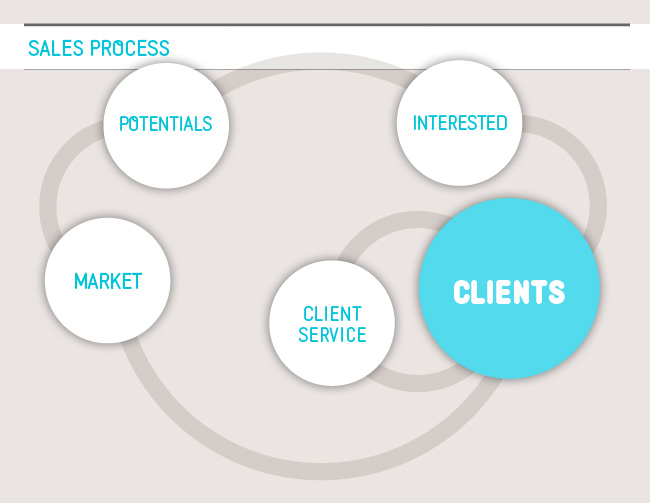
Managing these intangible assets of the market is profitable as long as it is done professionally and from a strategic perspective and not just an operational one. Today, with many new tools, new channels within everyone's reach and a good strategy we can be much more efficient than we used to be. But we will never be able to achieve our aims without a strategy that is consistent with the general aims of the company and which is connected with values like brand, communication, positioning among its words in everyday use. Small, medium or large industrial companies have many dimensions to communicate and much activity to upgrade; all we have to do is get down to work.
And at IK4-TEKNIKER, too, it’s time we addressed the challenge. As we have been saying since July last year when we began the move to our new headquarters, we have unique infrastructure, cutting-edge equipment and a splendid group of professionals that this R&D centre can avail itself of. All this will enable us to address the great future challenge to manage the tangible as well as intangible assets we have provided ourselves with, so that we can put them at the service of the competitiveness and improvement of our business base.
